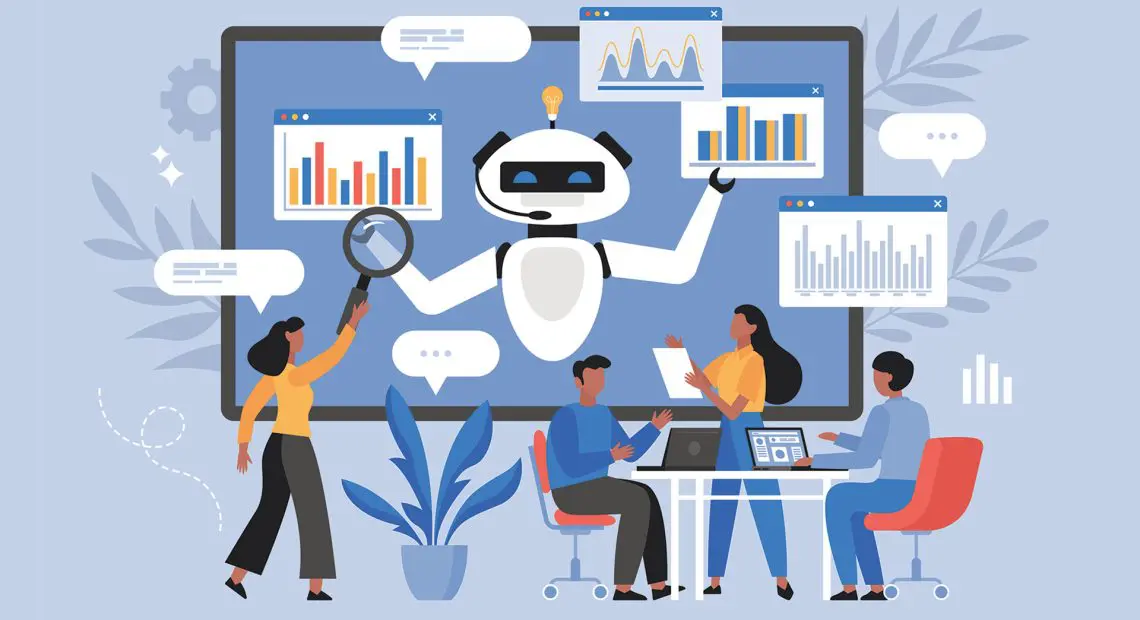
Posted on September 3rd, 2025
California’s New AI Compliance Law: What Employers Need to Know by October 2025
Starting October 1, 2025, California will officially regulate the use of Artificial Intelligence (AI) and automated decision-making tools in the workplace. For employers, this is not just another compliance box to check; it’s a major shift in how hiring, promotions, and employment decisions must be handled under the Fair Employment and Housing Act (FEHA).
What Does the Law Require?
If your business uses AI or automated tools to help with recruiting, hiring, or promotions, here’s what you need to know:
-
Transparency is mandatory. Employers must notify job applicants and employees when an automated decision system is being used.
-
Bias must be addressed. Employers are responsible for ensuring the AI tools they use do not result in discriminatory practices.
-
Accountability falls on the employer. Even if you use third-party software, your business is ultimately responsible for compliance.
Why This Matters for Employers
Many employers use AI-driven platforms for resume screening, interview scheduling, or even performance evaluations. While these tools can save time, they also create new risks of liability if not managed carefully.
A misstep could lead to claims of discrimination or violations under FEHA, adding to California’s already challenging labor law landscape.
What Employers Should Do Now
-
Audit your hiring and promotion practices. Identify where AI or automated systems are currently being used.
-
Request compliance documentation from vendors. Don’t assume software providers have done the legal heavy lifting.
-
Train HR and managers. They need to understand both the capabilities and limitations of AI in employment decisions.
-
Update policies. Handbooks and job postings should reflect transparency requirements.
Bottom Line
California is setting the tone for how employers nationwide will need to approach AI in the workplace. For employers here, the time to prepare is now.
At DefendMyBiz, we’ve seen how quickly compliance issues turn into litigation. The safest move is to get ahead of the October 2025 deadline and ensure your policies, practices, and software tools align with the new law.


